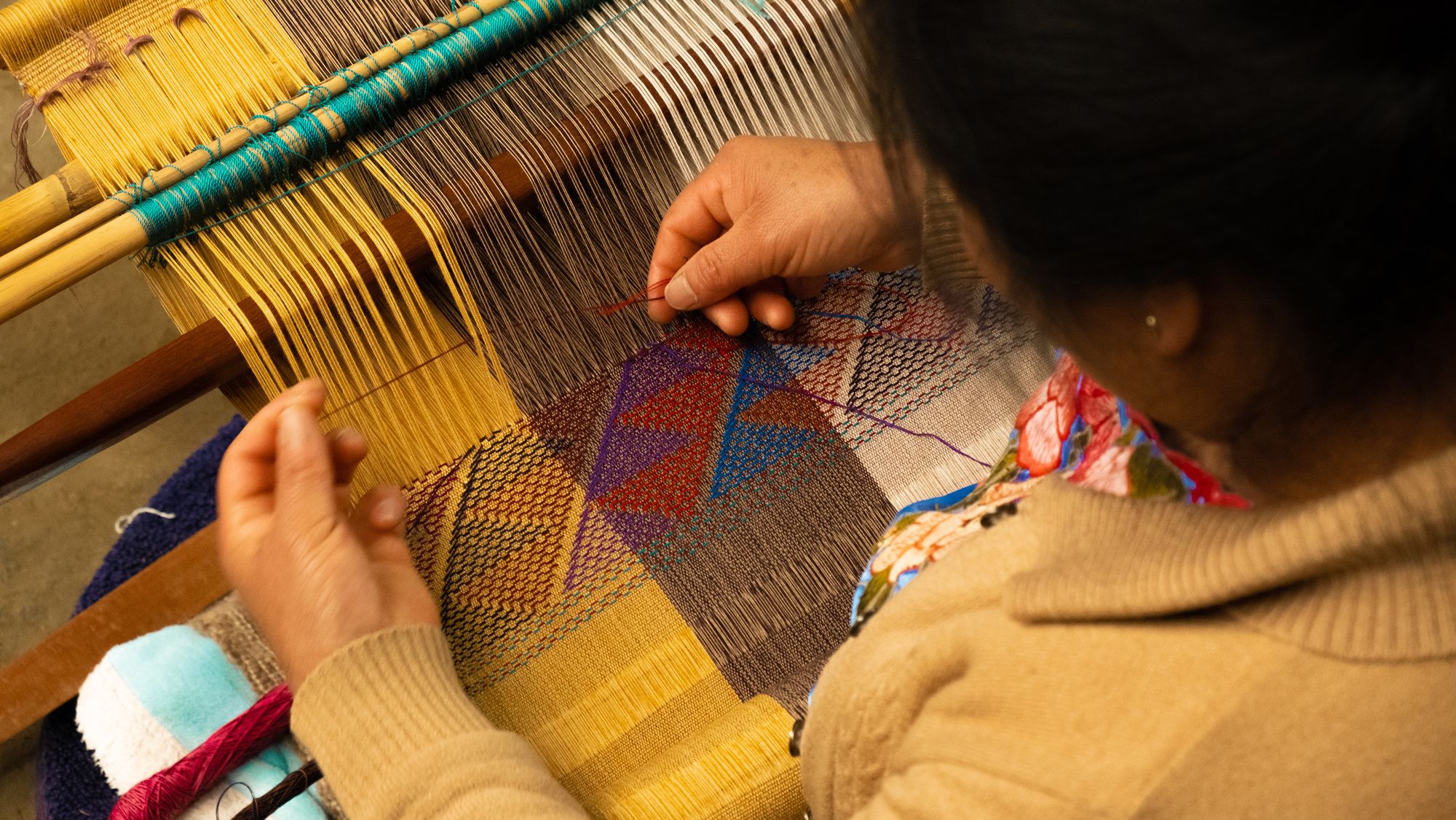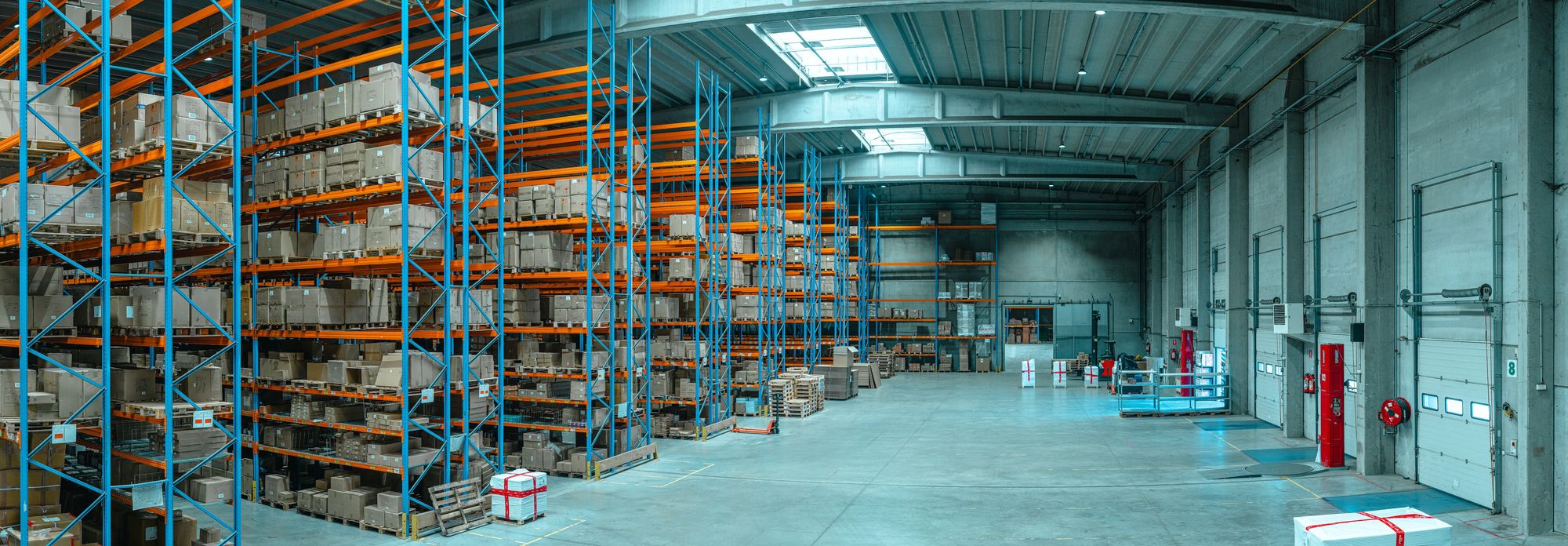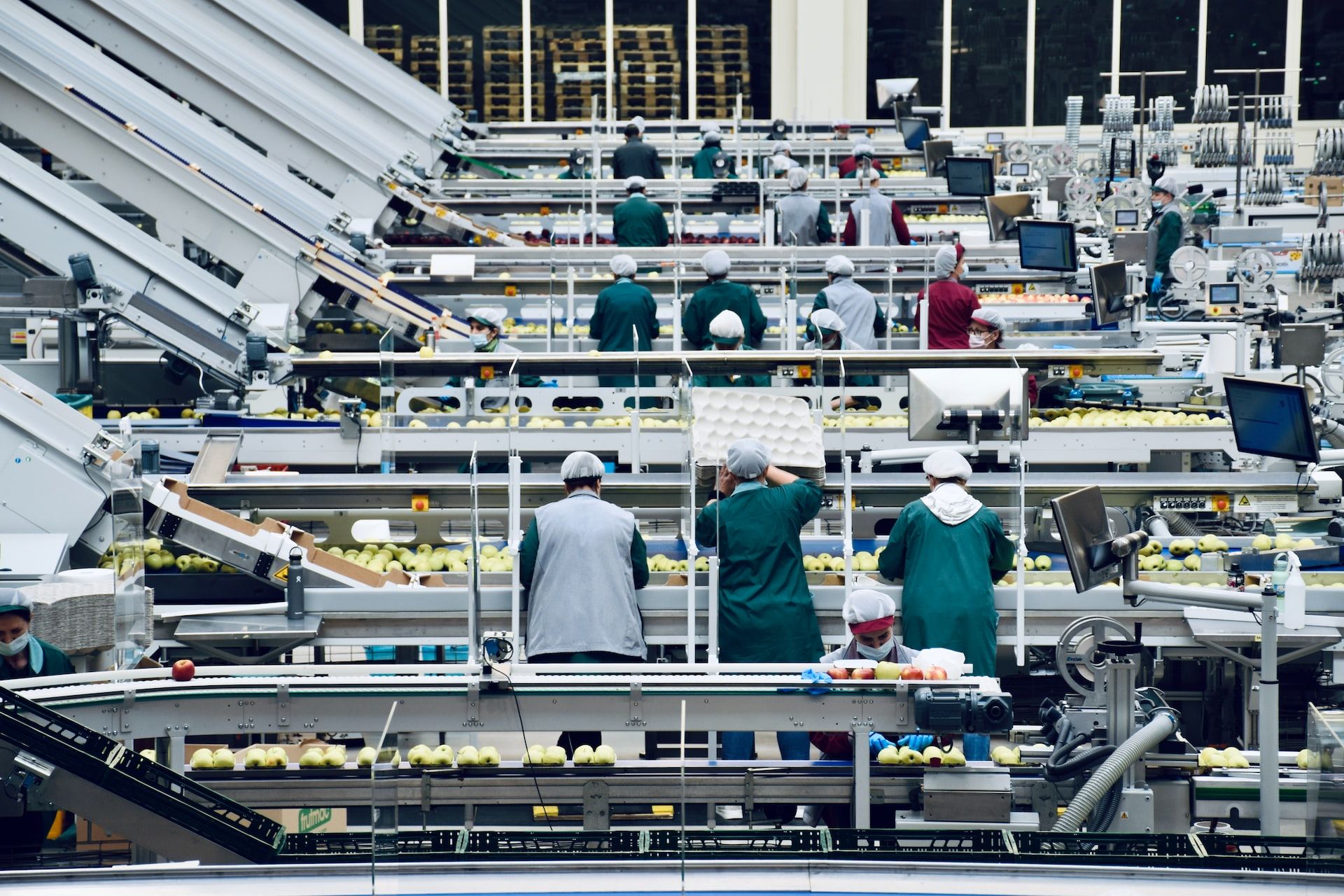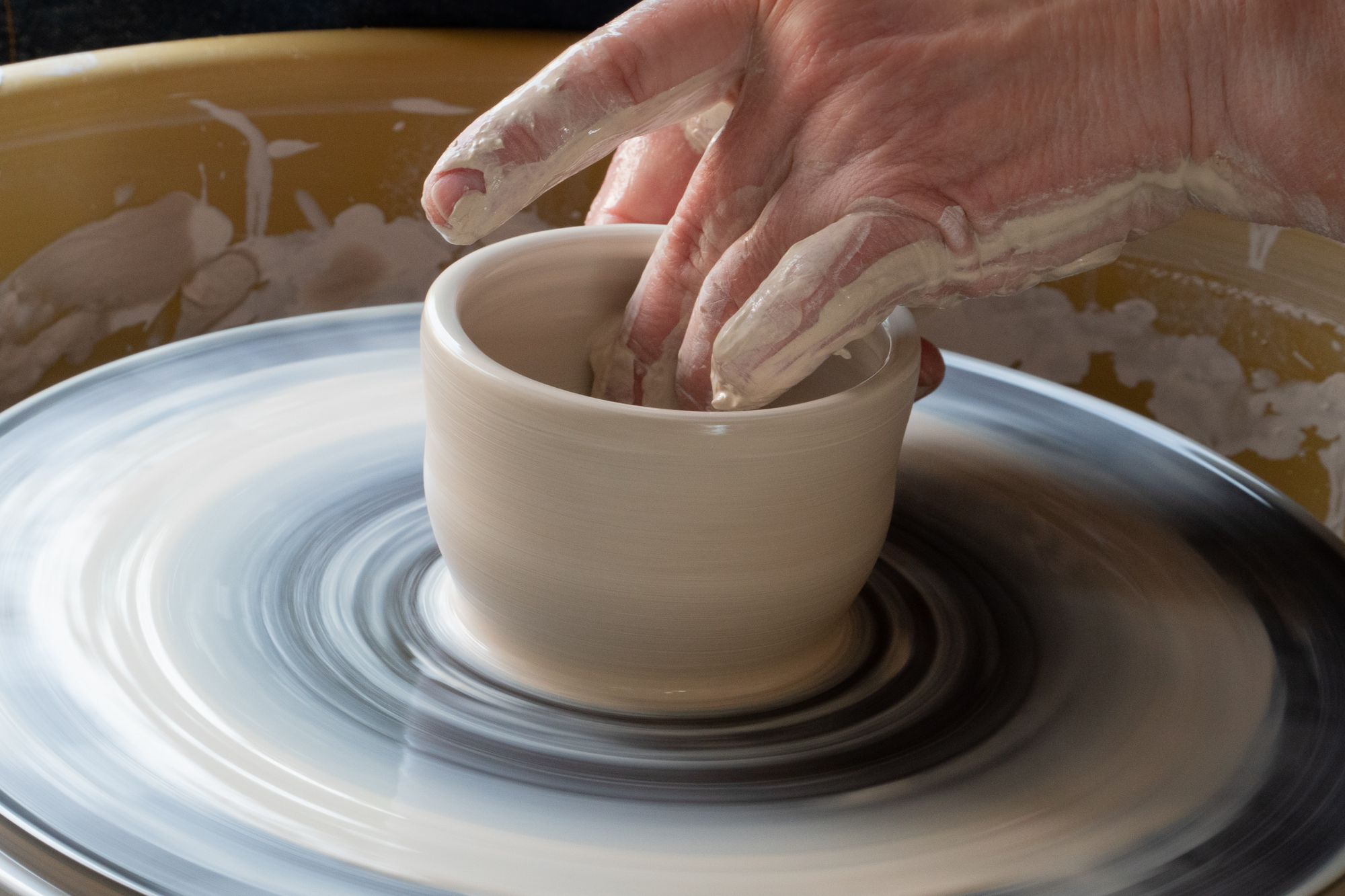If you are a craftsman looking for solutions to reach a wider audience, then this page can help you. If yours is a business increasingly becoming stronger each day, then you need diverse solutions. These could be for accounting and finances, sales, marketing, and so on. Moreover, wouldn’t you want to reach out to a geographically distant audience genuinely interested in your products?
We shall be looking at all those solutions in this post.
In current times, everything is manufactured by machines. Thus, the final product lacks the charm that a handcrafted product offers. While machine-made products are lower in price, their reliability can often be questionable.
In contrast to that, the products crafted by the artists with hands offer unmatched magnetism and appeal. These artists have been overlooked for many years together. These manufacturers work in a sector that has been a cornerstone of culture for societies. The best part is that they are making a comeback.
Craft manufacturers play a vital role here. The reason is, they create distinctive and difficult-to-replicate things that enhance our culture.
We will look at craft production and related components in this post.
- What is a Craft Product?
- What is Craft Production?
- The History of Craft Production
- Craft Industry Today
- What is Craft Production in Operations Management?
- Areas where Technology can Help Craftsmen
- Top Tips for Succeeding in Craft Production
- 6 Benefits of Craft Production
- What are examples of Craft Production?
- Conclusion
- How can Deskera Help You?
- Key Takeaways
- Related Articles
What is a Craft Product?
Products made by artists, either entirely by hand or with the assistance of hand tools, is called craft product. The artisan's direct manual input remains the most significant component of the finished product.
The unique traits of artisanal items are practical, aesthetic, artistic, and creative. These products connect cultures. They are a medium to represent the place they belong to.
They are beautiful, functional, and traditional. Moreover, customers with spiritual and social knowledge, find them useful and significant.

What is Craft Production?
Craft production is creating products by hand without using tools or instruments. Craft production has existed since ancient times and plays a pivotal part in the industrial business. It is a manufacturing method that dates back to ancient years.
This form of production was common before the industrial revolution and is still utilized today. Craft manufacturing produces goods that are distinctive from each other. This is because they are manufactured by hand one at a time. Also, this sets it apart from mass production.
This implies that the quality of handcrafted goods might vary. However, they are still believed to have superior production values than mass-produced alternatives. An artisan may accomplish effects or levels of detail that would be impossible to attain in mass production.
Before the advent of mass production, all produced things were handcrafted one at a time. In most cases, new workers in a field would be apprenticed to a master. They would learn the craft from their master. Now, in this process, the worker's knowledge and abilities were crucial to the quality of the final product. The goods were made by hand with simple tools and no automated processes.
Today, these artistic products are a result of one’s passion or enthusiasm. They may not make craft production their primary source of income.
More about Craft Production
We have the following observations when it comes to craft production:
- Distinguishing features of goods. Uniqueness is a special feature of hand-crafted goods. Each finished product is unique.
- Aesthetics: A master craftsman often delivers final items that fulfill general specifications. While there may be certain shortcomings. Yet, aesthetics and function are seen as more essential than flawlessness.
- Problems while fixing: While having a unique product is desirable, it can have problems if the object ever needs to be fixed. Goods made of identical, replaceable parts are easier and less expensive to repair. These are requirements that craft manufacturers can not quickly provide.
Craft production provides several advantages over mass production. These are situations when full consistency of a product is not required. Handicrafts are also practiced in areas where industrialization has been limited.
The History of Craft Production
Craft production is an ancient process that has been practiced since the earliest days of human civilization. Craft production involves the production of items from either raw materials or from pre-existing materials. Items produced through craft production are often one-of-a-kind and are created through the skill and artistry of the craftsperson.
The earliest record of craft production dates back to the Neolithic period, when humans developed pottery and weaving. As societies advanced, so did the development of craft production. Ancient civilizations developed intricate techniques for producing items such as jewelry, weapons, clothing, and tools.
As trade developed and societies began to specialize, craft production became more complex and refined. In the Middle Ages, craft production became more organized, with guilds forming to regulate the craft of producing items. This allowed artisans to specialize and develop their skills further, allowing for more intricate and detailed items to be created.
This period also saw the rise of the apprenticeship system, which allowed craftsmen to pass on their knowledge and skills to the next generation.
Craft economies are strongly linked to geography. Craft specialization investigates how movable commodities are fundamental to a community's social relations. It also hovers over how the making of tangible items brings people together.
Archaeologists have gained a lot of knowledge of ancient civilizations. They have presented how ancient people lived through the equipment they made or the patterns engraved on their pottery.
The Industrial Revolution marked a major shift in craft production, as the focus moved from skilled craftsmen to mass production. This allowed for items to be produced quickly. They also became available inexpensively.
Craft Industry Today
We know for a fact that the craft industry is still thriving today. It has survived despite all odds and without the use of tools. Today, the field has diversified. With the artists and craftsmen being able to widen their research, there are better outcomes.
The following list shows us the areas where craft production has spread its wings:
- Craft beers
- Apparel
- Textiles
- Artisanal foods
- Baked goods
- Jewelry
- Decorative arts
- Models
- Woodcraft
- Toys
- Papermaking and papercraft
- Printmaking
What is Craft Production in Operations Management?
A company's operations management involves the design, management, and improvement of its production systems. Financial and human resources are primarily used to produce goods and provide services. Operational management, therefore, plays a vital role in organizational success.
Primarily, there are four fundamental functional units in a company. These are operations, marketing & sales, human resources, and finance. 'Operations' is the area that directly oversees the creation of the product or service for sale. The other three departments ensure that the operations of the business receive everything they need.
Evolution of Operations Management
We can trace the journey of operations to a long-gone era. It has been a part of everything that requires human effort. Yet, when we speak of craft industry, there have been some major changes.
The operations management showcases three primary phases:
- Craft manufacturing
- Mass production
- Modern period
Craft Manufacturing: This describes the process through which expert craftspeople manufacture things in small quantities with a great degree of variability. The goods are made to fulfill the needs of their consumers. Over the years, talents have been passed down from masters to trainees and tradesmen.
A system like this worked well for small-scale local production with little competition. Some businesses, such as furniture manufacturing, continue to rely heavily on handcrafting. Craftspeople typically worked from their homes or in tiny workshops.
Mass Production: It was in the 19th century when craft manufacturing was being replaced by mass production. We understand that craft production could produce a small quantity of hand-made goods. On the other hand, mass production could provide goods in a much larger volume. Yet, there was not much variety available in this case.
The goods were not custom-made. Therefore, the customers had to buy what was available. This means that the customer's specifications were not taken into account. Manufacturers focused on keeping the prices low. As a result, there was not enough variety.
Again, due to a higher production run, the manufacturers had to implement stringent marketing plans. With aggressive advertising, they sought customers' attention and product awareness.
Modern Period: Mass-produced goods worked really well for some time. However, during the 1970s things started to change. As a result, markets fragmented and product cycles were reduced. Customers had a lot of options to choose from. There was enough in the market for everyone to purchase.
Japan became the front-runner with its remarkable production techniques. Total Quality Management (TQM) and just-in-time (JIT) showed excellent results. In recent times, there have been more changes to the mass production scenario. However, there is no single technique that finds supremacy among other techniques.
Currently, the companies typically use the following approaches of operations management:
Currently, the companies typically use the following approaches of operations management:
Flexible Specialization: In this approach, the companies focus on specific processes. Then they get together to produce final goods. The approach requires the companies to have a developed network. They must also be willing to foster long-term relationships.
Lean Production: This approach targets the wastes in a production system. It helps in recognizing and eliminating these wastes. Additionally, it intends to lower inventory levels. This helps in reducing operational costs and highlights any shortcomings in the process.
Agile Manufacturing: Companies need a system that lets them switch from one objective to the other quickly. Today, companies need to move from one market-driven objective to the other. With the help of technology, this approach has helped companies accomplish their goals steadily.
Each of these approaches aims to combine mass production's low cost and high volume with product customization. They also aim to keep high levels of creativity intact. Furthermore, all the techniques associate high levels of quality with craft production.
Areas Where Technology can Help Craftsmen
We have seen the list of examples of craft production. What distinguishes these products is that they are handcrafted without the use of automation. The craftsman has avoided the use of robotics so far. However, there are other areas of their business that they must consider technology for.
Managing Business
Artists and craftsmen still construct everything by hand. Yet, they must employ technology to manage their businesses. Especially as they grow, they will want to use a system that showcases all their progress on a single dashboard.
After all, there are so many pieces of a business that need to be taken care of. With a completely integrated and automated system, the craftsmen can have more time to themselves. They can utilize this time to focus on their core activities of craft production.
Making Sales Strategies
Those engaged in craft production no longer need to build long-trade routes like their forefathers. Instead, they may make use of E-commerce. Online shopping stores are less expensive and easier to set up. Furthermore, in today’s times, various techniques, like remote selling, are helpful for craft production.
Creating sales strategies is an integral part of any business. With the advent of technology, craftsmen can find a suitable and apt platform. They are better positioned today to showcase what they have to offer.
Using technology will not only help craftsmen to manage their businesses better but also reach out to a wider audience. There may be many people who would want to purchase their crafted goods. A system enabling them to view their accounts, sales, shipping, and so on can be an excellent companion.
Accounting and Finance
Craft and accounting could be far away from each other, yet, craftsmen must take cognizance of their finances. With an ERP (Enterprise Resource Planning) system, you can bring your accounting fundamentals under one roof. From budget to accounts receivable, you can view everything in one place.
You shall be able to view all the significant components, such as the general ledger and revenue recognition, with a few clicks.
Moreover, if you have customers from across the globe, you will need a system that handles multi-currency. Of course, tax management – the most dreadful of them all – can be tackled easily with an automated system.
Compliance
Consumers may be concerned about the safety and quality of the craft products they buy. They want to ensure that the hand-made goods they purchase are quality assured and safe. This is especially true for people who purchase handmade toys or gifts for their children.
Apart from these, there may be various other compliances that the craftsmen need to be aware of. A software system that integrates the latest compliance regulations can help identify the compliance measures you must undertake.
These can help improve product quality and increase brand awareness. Also, it assists in eliminating customer complaints and recalls.
Inventory Management
It is widely known that craftsmen do not churn out thousands of products on a regular basis, they would certainly like to take charge of their stock. After all, you may encounter customers who want to order three units of a particular product. The ordered quantity, the shipped quantity, the amount charged against each, and so on are some of the zones that an ERP can easily help with. Inventory management is one of the most helpful solutions provided by ERP systems.
Top Tips for Succeeding in Craft Production
While we discussed the use of technology, we shall see some of the top tips for surviving in craft production. Here we go:
Investigate the Market
Field excursions are a sure thing to start your investigation. Investigate craft fairs, the internet, and trade periodicals. You should even interact with other expert craft workers to learn about their experiences.
The goal is to figure out where and how well you fit in the market. You will also be able to know whether people demand such products.
Learn Something New
A craftsman need not be a great salesperson. It is one thing to be able to handcraft a product and another to sell it. Selling, advertising, and running a business requires completely different capabilities. The individual must have a comprehensive knowledge of the market and the demand.
So, in other words, if you do not have these abilities, you will have to pick them up. Start educating yourself by attending a class or workshop. Additionally, you can easily acquire business management texts in a library or even free resources online.
Set a Reasonable Price for Yourself
Most craftsmen base their pricing on what their competitors are charging or on their own budget. This is the road you need to tread carefully on.
Highlight the unique selling points of your product and quote a reasonable price. Couple that with great marketing and sales strategies and your business.
Be Reasonable and Profitable
There are costs associated with producing finished goods. These include manufacturing overhead, business licenses, accountant fees, and so on. When determining your cost of products sold, ensure that these regions are compensated for.
Marketing
Marketing is essential to promote your business. With social media platforms and online marketplaces, an artisan crafter can gain visibility for a little cost. You may get these platforms easily, yet, you will have to strive to create a marketing plan.
For this, you can consider the following ways:
- Create a mailing list
- Create your own website or blog
- Take professional-looking product pictures.
Accept Automation
We recognize that skilled craft workers are specialists. However, it is difficult to be great at everything. This brings us to an important aspect that can boost your business – Automation. Components such as inventory and production planning are crucial to learning. The goal is to put in place a system that will automatically assist you with these aspects.
When you have a system to take care of your manual procedures, you can take better care of your core business activities. You are left with more time and energy to focus on crafting your products.
Software Solutions
Ensure you sign up for a trial for all the craftsmen who seek a software system. Most systems offer a free trial period. This will allow you to get a glimpse of the way the software works. You can also view its features. When shopping for software to utilize, make sure it has a free trial period so you can test it out before making any financial commitments.
Almost all great systems offer a demo that helps you understand how to use it.
6 Benefits of Craft Production
Craft manufacturing will provide the following benefits:
- Reduced freight costs: The majority of goods are produced locally for consumption in the local area. As a result, fuel and freight costs are reduced, which helps the local economy.
- Quality over quantity: Preferring quality over quantity tends to limit total consumption. This also lowers production, resulting in lesser junk.
- More jobs: There will be more jobs overall. As a result, these jobs will be more meaningful on the whole. There will be a greater focus on personal connections and more value in jobs.
- Ecofriendly: They are better for the environment. Small-scale production is generally less wasteful and hence uses less energy and resources.
- More variety: There is a greater variety. This is true diversity, not merely a new label on the same product.
- More soulful: In contrast to factory-produced items, craft items are handcrafted with heart and care.
What are Examples of Craft Production?
With a detailed look at the concept of craft production, we shall take a look at the examples of craft production here.
Baked Goods
Small-scale bakeries come under the craft industry.

Fashion
This category comprises shoes, accessories, and clothing that are made by hand. The designers, haute couture, and bespoke tailors all craft clothes and apparel designs only for customers. Therefore, they all come under the craft production sector.
Textiles
Almost all nations across the world have something vintage to offer in the textiles category. Knitting, embroidery, and lace-making are some of the textile products that have a strong foothold among people. Also, quilting and silk-making are an eminent part of the craft industry.
Jewelry
Speaking of the craft industry, jewelry is one section that can not be left out. Handmade jewelry has a lot of following and adoration from across the world. It includes creating necklaces, bracelets, and earrings from metals and gemstones.
Papermaking and Papercraft
Papermaking is a craft that has a long history. It is a belief that it began in the East and slowly traveled to the western countries.
Paper was created one sheet at a time prior to the introduction of the paper machine. It was made by dipping a frame or mold with a screened bottom into a vat of stock. The water could drain after the mold was lifted, leaving the sheet on the screen. After that, the sheet was pressed and dried.
Since those times, the art of papermaking has been considered an imminent part of craft production.
Woodworking
Woodworking is a craft that involves the use of wood to make objects and structures. Common woodworking techniques include sawing, planing, joinery, turning, and carving. Woodworkers use a variety of tools to complete projects. These are hand saws, power saws, routers, and chisels.
Woodworking can be used to create furniture, cabinetry, floors, sculptures, and many other objects. Woodworking requires an understanding of materials, careful planning, and attention to detail. This includes building furniture, cabinets, toys, and other wooden items.
Metalworking
Metalworking is an ancient craft that involves the shaping, forming, and finishing of metal materials. It requires a range of skills and techniques. Forging, soldering, cutting, and welding, as well as machining are some techniques. They also use sanding and polishing. Metalworking can involve constructing objects from new raw materials or recycling existing metals and alloys.
Common products of metalworking include jewelry, tools, sculptures, furniture, and artwork. It is an important part of many industries. These are the automotive, aerospace, and construction industries. Metalworking is a craft that can be learned and practiced through both formal and informal methods.
Pottery
Pottery is a craft, practiced in cultures around the world for thousands of years. It involves shaping, molding, and firing clay and other materials. These goods can be functional and decorative items such as vases, bowls, plates, and sculptures. Pottery is a complex craft that requires skill, knowledge, and experience. It is used to create high-quality pieces.
It can involve the use of a potter's wheel, sculpting tools, and glazing techniques, as well as a kiln in order to fire the piece.
Weaving
Weaving is an ancient craft that has been used for centuries to make cloth and other materials. It involves interlacing two or more sets of threads or yarns. These are used at right angles to each other, usually on a loom. Weaving is used to create cloth, rugs, baskets, mats, and an array of other items.

The traditional weaving techniques are still practiced today. However, modern weaving machines and computer-controlled looms have increased the speed and efficiency of the craft. Weaving is a great way to create unique, one-of-a-kind items. Also, they can be used to make clothing, accessories, and home décor items.
Leatherworking
Leatherworking is an ancient craft that dates back centuries. It involves the manipulation of leather to create a variety of items. It can be done on clothing, accessories, and furniture. Leatherworking requires a variety of tools, such as knives and punches.
It also requires knowledge of the properties of leather and coloration techniques. Leatherworking is an art form. It takes much skill and expertise to create beautiful and functional items.
Glass Blowing
Glass blowing is an art form that involves heating glass until it is soft enough to be shaped. Then, it can be shaped with hand tools and a blowpipe. It is a popular craft for creating decorative items such as vases and glasses.
Glass blowers use a variety of techniques to create their works. This includes blowing, shaping, and molding. Glass blowing is an ancient craft that has been practiced for centuries.
Papermaking
Making handmade paper, cards, and other items from pulp and fibers are included in this category.
Embroidery
Embroidery as a craft has been around for centuries, and is still popular today. Embroidery uses a needle and thread to create decorative designs on fabric. It can be used to decorate clothing, linens, curtains, purses, bags, pillows, and much more.
Many people use embroidery to personalize items and make them unique. Embroidery is a great way to express creativity and add a unique touch to any item.
Conclusion
Craft goods are becoming more popular as customers seek out handcrafted products. Consumers increasingly expect things with authenticity and originality. There is a heightened level of curiosity about producing a specified art piece. People often want to know about the artist who manufactured it.
Appropriate technology has been marketed in developing nations as a means of industrializing. Furthermore, this has happened without requiring large capital investments. It is, however, a means for communities in wealthy countries to transition to a sustainable, localized, low-energy economy.
People generally associate a well-made, handcrafted article with far more value and character than a mass-produced product. Irrespective of the highly automated factory that the product comes from, there are more takers for a hand-made product any day.
Therefore, craft production can be termed one of the well-sought-after fields even in today’s times.
How can Deskera Help You?
Manufacturing processes, in general, need a clear vision to make result-oriented decisions. Deskera MRP can take over the hindrances of your business. All this while you are focusing on your core tasks.
Here are some examples of how Deskera ERP and MRP systems might help you:
- Plan production schedules
- Maintain a Bill of Materials
- Create detailed reports
- Create your own dashboard, among other things!

Deskera offers Enterprise Resource Planning software and a Materials Requirements Planning system to help you navigate your company's challenges. That is fully integrated, compliant, and easy to implement. It is a web-based business management tool that delivers a real-time picture of your company's operations.
Deskera Books, a Deskera ERP accounting expert, automates all of your accounting processes. It includes invoicing, billing, costs, payments, and taxes. You also get reporting, approval flows, multiple currency payments, payment getaways, and much more.
Deskera CRM makes it simple to expand your customer base. It offers email marketing, CTAs, landing pages, help desk options, and other methods. Furthermore, automating sales and transactions is now easy. Also, moving them through the sales pipeline and collecting real-time data is now straightforward.
Deskera People is a straightforward tool for centralizing human resource management duties. Payroll processing is quick with this technology. It also helps you with other tasks like overtime, employee benefits, training programs, and much more.
Key Takeaways
- Products made by artists, either entirely by hand or with assistance, is called craft product. The artisan's direct manual input remains the most significant component of the finished product.
- Craft production is a method of creating products by hand without involving any tools or instruments.
- Craft manufacturing produces goods that are distinctive from each other. This is because they are manufactured by hand one at a time.
- One important distinguishing feature of handcrafted goods is that each finished product is somewhat unique.
- A master craftsman often delivers final items that fulfill general specifications. While there may be certain shortcomings, the aesthetics and function are seen as more essential than flawlessness.
- Craft production is frequently beneficial from the perspective of a consumer interested in unique things.
- While having a unique product is desirable, it can have problems if the object ever needs to be fixed. Goods made of identical, replaceable parts are easier and less expensive to repair. These are requirements that craft manufacturers can not quickly provide.
- Craft production genuinely began with agricultural technical improvements. Craft economies are strongly linked to geography.
- Apparel, jewelry, woodcraft, paperwork, printmaking, models, and textiles, are some examples of craft production.
- Managing business and making sales strategies are some of the areas where craftsmen can take the help of technology. This will help enhance their business. Also, they can reach out to a wider audience interested in their products.
- Accounting, finance, inventory, and managing business are areas where an advanced ERP system can guide the craft industry.
Related Articles













